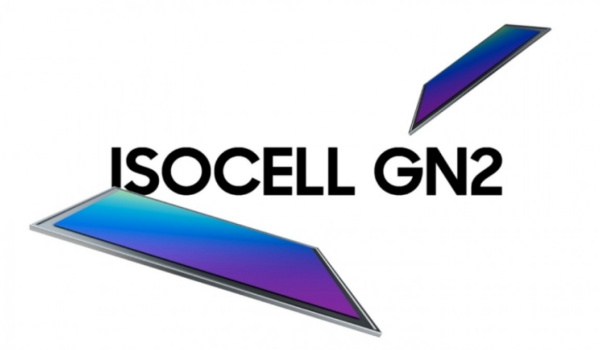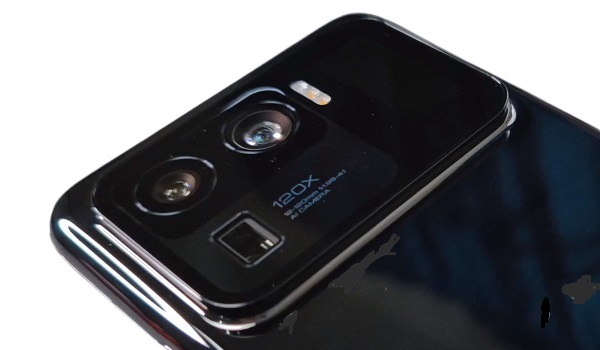For starters, Samsung’s official announcement[1] says it is an upgrade to the 2020 GN1 and comes with bigger pixels, better energy consumption and a new PDAF technology called Dual Pixel Pro.
Simply put, Dual Pixel Pro technology lets the sensor split the pixels differently – diagonally instead of vertically. At 1/1.12”, the ISOCELL GN2 sensor is quite large. Also, this sensor can generate 100MP photos through clever software processing. For video production, the ISOCELL GN2 supports full-HD videos at 480 frames-per-second (fps) or 4K at 120fps. When will we see the Samsung ISOCELL GN2 50MP camera sensor in a production smartphone? Pretty soon, it seems, as the new sensor is already being mass produced. A leakster has tweeted[2] to hint that the upcoming Xiaomi Mi 11 Ultra will use the new GN2 50-megapixel sensor. We already have an idea of what the Mi 11 Ultra looks like, thanks to leaked images. We are expecting the Mi 11 Ultra to be officially announced any time soon, but in the meantime, we do know that it runs MIUI 12.5, sports a Snapdragon 888 chipset, a 5,000 mAh battery, 67W fast charging, wireless charging, as well as 10W reverse wireless charging.

